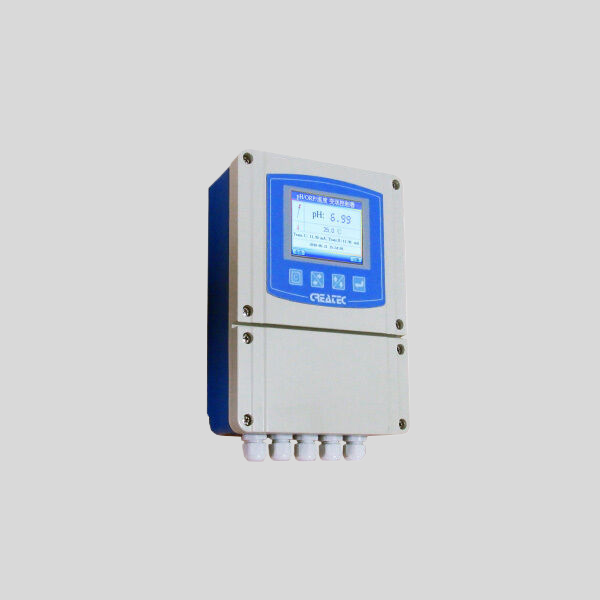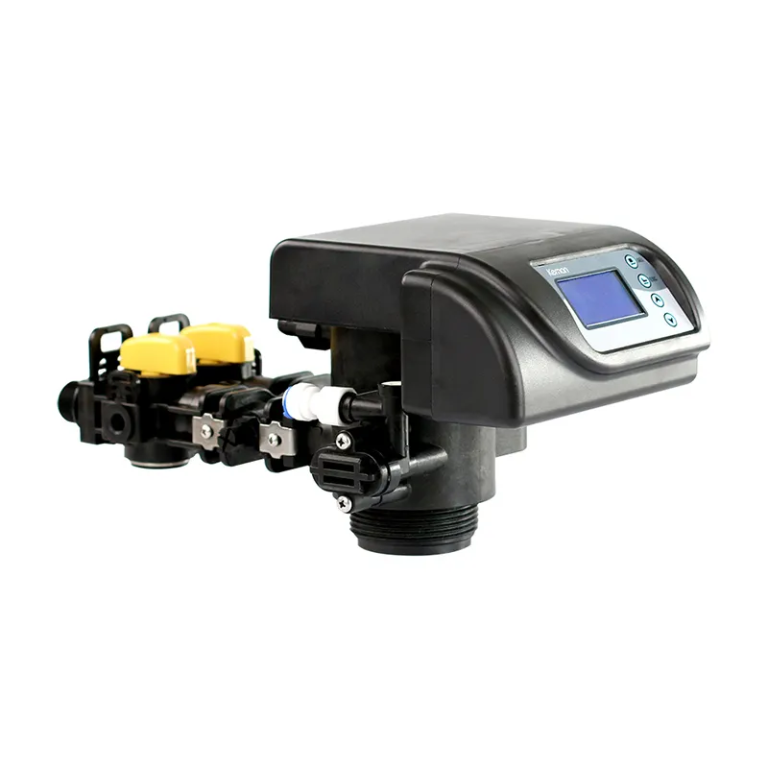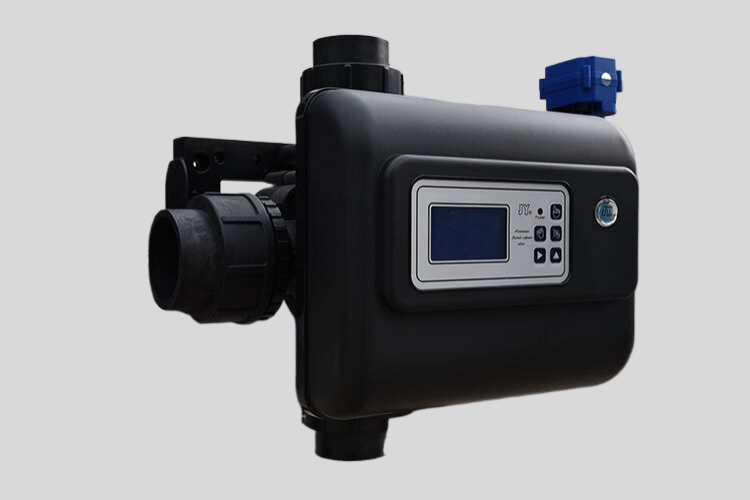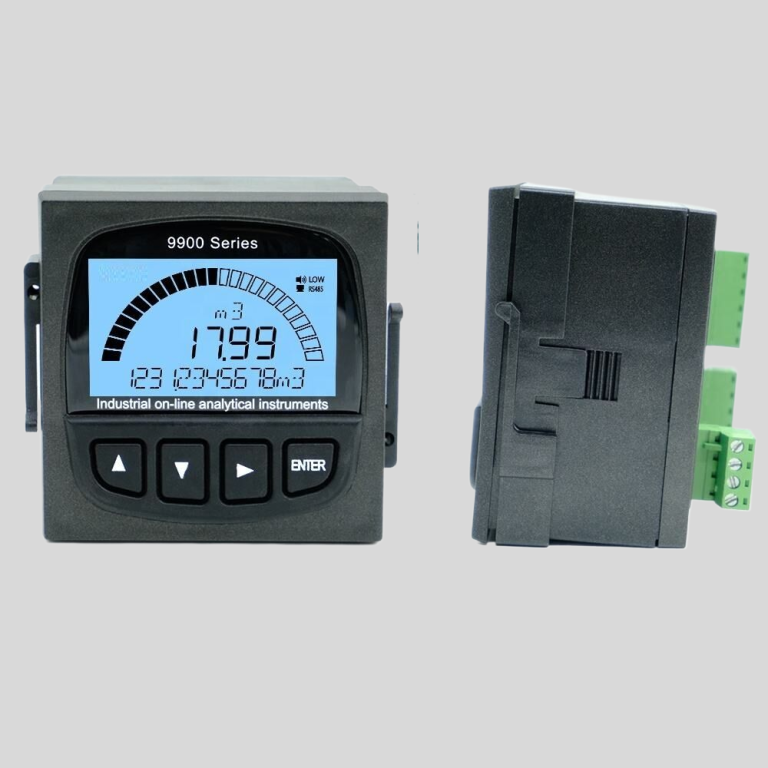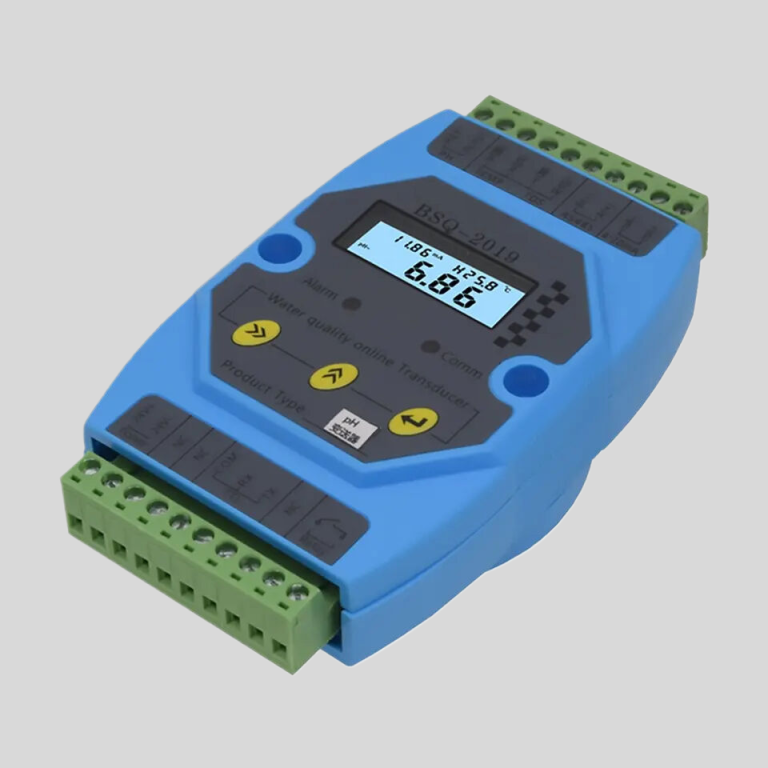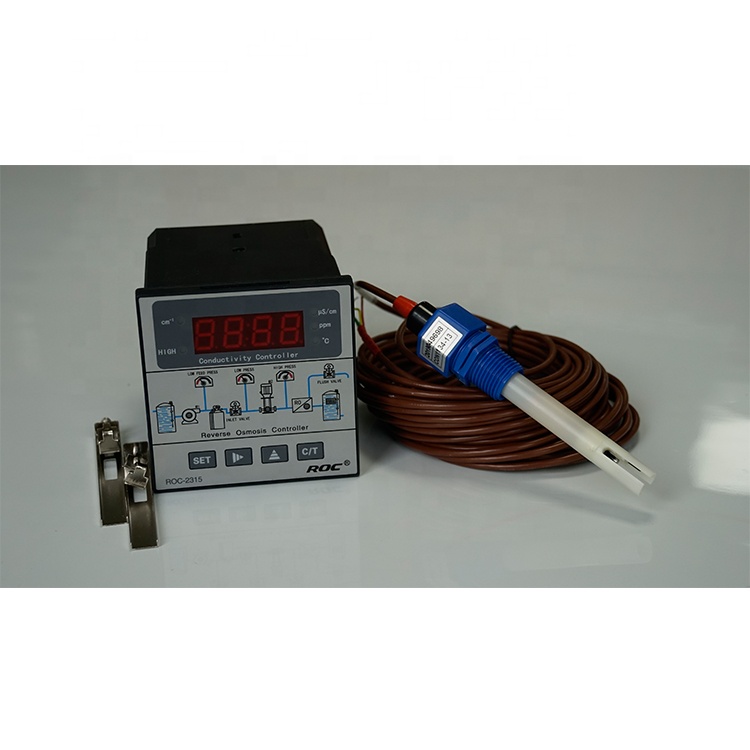“Maintain water quality without sacrificing water pressure.”
Table of Contents
Pros and Cons of Water Softeners on Water Pressure
Water softeners are a common household appliance used to remove minerals such as calcium and magnesium from hard water. While they offer numerous benefits, including softer skin and hair, cleaner dishes, and longer-lasting appliances, some homeowners may be concerned about the impact of water softeners on water pressure.
One of the main concerns regarding water softeners is whether they can affect water pressure. The answer to this question is not a simple yes or no, as there are several factors that can influence water pressure when using a water softener.

First and foremost, it is important to understand how water softeners work. Water softeners use a process called ion exchange to remove minerals from hard water. During this process, the hard water passes through a tank filled with resin beads that are coated with sodium ions. The calcium and magnesium ions in the water are attracted to the resin beads and are exchanged for sodium ions, effectively softening the water.
While this process effectively removes minerals from the water, it can also lead to a slight decrease in water pressure. This is because the resin beads in the water softener can become clogged with minerals over time, which can restrict the flow of water through the system. Additionally, the backwashing process that water softeners use to clean the resin beads can also temporarily reduce water pressure.
However, it is important to note that the decrease in water pressure caused by a water softener is typically minimal and may not even be noticeable to most homeowners. In fact, many people find that the benefits of using a water softener far outweigh any potential decrease in water pressure.
There are also ways to mitigate any potential impact on water pressure when using a water softener. Regular maintenance, such as cleaning the resin beads and ensuring that the system is properly sized for your home’s water usage, can help to prevent clogs and maintain optimal water pressure. Additionally, installing a water pressure booster pump can help to increase water pressure if needed.
| Model | Central tube | Base | Brine tank connector | Base | Power supply parameters | Maximum power | Pressure parameters | Brine tank connector |
| 5600 | 0.8125″/1.050″ O.D. | 1/2″NPTF | 1600-3/8″ | 2-1/2″-8NPSM | 24v,110v,220v-50Hz,60Hz | 3W | 2.1MPa | 1℃-43℃ |
| 0.14-0.84MPa |
In conclusion, while water softeners can have a slight impact on water pressure, the benefits they provide often outweigh any potential drawbacks. By understanding how water softeners work and taking steps to maintain optimal water pressure, homeowners can enjoy the many advantages of using a water softener without sacrificing water pressure. Ultimately, the decision to use a water softener should be based on your individual needs and preferences, weighing the pros and cons to determine if it is the right choice for your home.
How to Maintain Water Pressure with a Water Softener
Water softeners are a common household appliance used to remove minerals such as calcium and magnesium from hard water. While they are effective at improving the quality of water by reducing scale buildup in pipes and appliances, some homeowners may be concerned about the impact of a water softener on water pressure.
One of the main concerns with water softeners is that they can potentially reduce water pressure in a home. This is because the process of softening water involves passing it through a resin bed that exchanges calcium and magnesium ions for sodium ions. As a result, the water that comes out of the softener may have a slightly higher sodium content, which can make it feel “slippery” and less effective at cleaning.
However, the impact of a water softener on water pressure is typically minimal. In fact, many homeowners report no noticeable difference in water pressure after installing a water softener. This is because most modern water softeners are designed to maintain water pressure by using a bypass valve that allows water to flow through the system without being softened.
If you do experience a decrease in water pressure after installing a water softener, there are a few potential causes to consider. One common issue is a clogged filter or resin bed, which can restrict the flow of water through the system. In this case, simply cleaning or replacing the filter or resin bed can help restore water pressure to normal levels.
Another possible cause of reduced water pressure with a water softener is improper installation. If the softener is not installed correctly, it can create bottlenecks in the plumbing system that restrict the flow of water. To ensure proper installation, it is recommended to hire a professional plumber who is experienced with water softeners.
In some cases, a decrease in water pressure may be due to the size of the water softener relative to the size of the plumbing system. If the softener is too small for the household’s water usage, it may struggle to keep up with demand and cause a drop in water pressure. In this situation, upgrading to a larger water softener or adding a second unit can help improve water pressure.
To maintain water pressure with a water softener, it is important to regularly maintain and service the system. This includes cleaning or replacing filters, checking for leaks, and ensuring that the system is properly calibrated. Additionally, it is recommended to periodically test the water pressure in different areas of the home to identify any potential issues early on.
In conclusion, while water softeners can potentially affect water pressure, the impact is typically minimal and can be easily addressed with proper maintenance and installation. By following these tips, homeowners can enjoy the benefits of softened water without sacrificing water pressure in their home.

